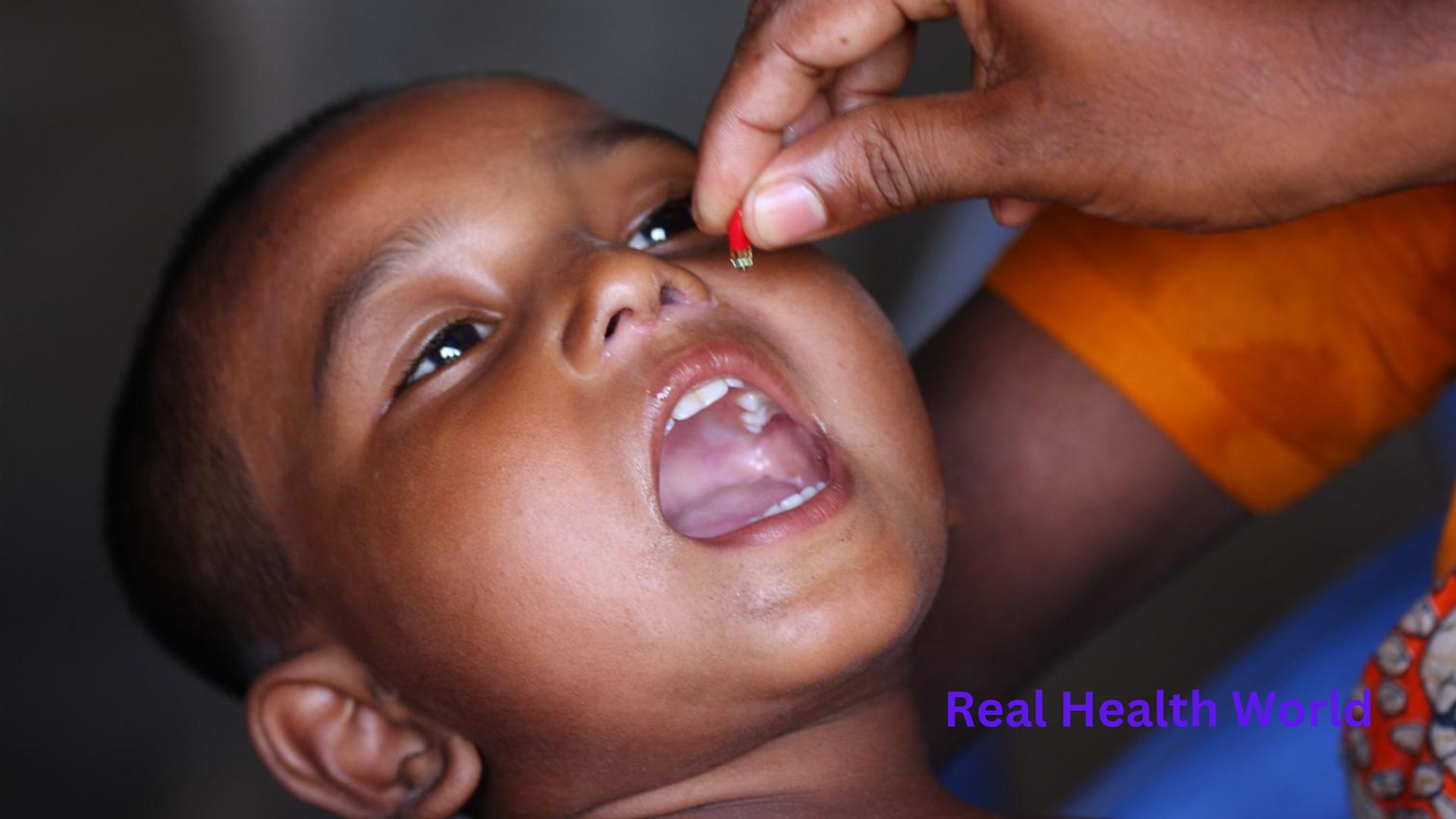One to five years is a very important time in a child’s life. From this time, the issue of taking and excluding food of the child is resolved. It is essential to have Vitani in the baby’s daily diet. This vitamin is usually found in animal bodies and is found in vegetables as carotene. Especially yellow-orange vegetables and fruits contain vitamin A. Vitamin A is absorbed in the small intestine along with fat. Diseases that interfere with the absorption of fat in the body, in which the absorption and inhibition of vitamin A, and its deficiency in the body. Studies have shown that the amount of vitamin A stored in the newborn’s liver depends on the amount of vitamin A in the mother’s blood.
It can be seen that the quality of mother’s diet during pregnancy and breastfeeding depends on the growth rate of the baby. For this, it should be observed that colorful fruits and vegetables and milk, eggs, fish, meat, pulses and nuts should be included in the diet of mother and child.
A child’s daily vitamin A requirement is 2,500 IU. Every year in our country children are given free ‘Vitamin A’ capsules. It is undoubtedly a good initiative. Vitamin A is not lost in cooking. However, some nutritional quality is lost in butter stored in the refrigerator. Cows that are not fed fresh green manure are deficient in ‘Vitamin A’ in their milk. In addition to the health of the skin and hair of the body, there are three types of eye diseases due to lack of ‘Vitamin A’. Such as night blindness, dry eye and keratomalacia.
Raatkhana: In this disease, children do not see anything in their eyes after sunset. This is understood where there is no lighting system at night. Regular consumption of liver can cure this condition. However, if this disease is not diagnosed in time, even with sufficient vitamins, there is no work.
Dry eyes: It causes sores in the eyeballs, pus in the eyes, lifeless eyes and dry eye coating particles. The luster of the eyes is lost and the pupils turn white. A large amount of vitamin A is beneficial. Codliver oil, ghee, butter, carrot etc. are good to give along with ‘Vitamin A’ capsule according to importance.
Keratomalacia: This disease is seen in children aged two to five years. In this, the wet and lively feeling of the eyes goes away and the eyes become dry and discolored. Eyes look blurry. If this condition continues, the pupil of the eye becomes filled with an opaque film, eventually leading to blindness.
In addition to eye diseases, due to lack of ‘Vitamin A’, immunity decreases and colds and flu continue. Besides, the skin of the body becomes dry and rough. Hair fades. Breathing problems.
Sources of ‘Vitamin A’: Carrots, corn, apples, ripe mangoes, ripe papayas, red grapes, capsicums, colored potatoes, sweet pumpkins, lettuce leaves, green vegetables, tomatoes, saffron etc. Among the fish, molasses and molasses have sufficient vitamin A. Besides, butter, eggs, liver, cod liver oil, ghee, milk, beef contain vitamin A.
Author: Chief Nutrition Officer & Head (Retd.), Bardem. President, Diabetes Nutritionist Society of Bangladesh, Popular Diagnostic Centre, Shyamoli and Advance Hospital, Dhaka.
What does vitamin A prevent in children?
Vitamin A does not specifically reduce death due to measles, respiratory infections, or meningitis, but it can reduce new occurrences of diarrhoea and measles. Giving oral synthetic vitamin A to children at risk of VAD reduces the risk of night blindness. It also improves levels of vitamin A in their blood.
What is the function of vitamin A in children?
Vitamin A is essential for vision, especially dark adaptation, immunity, bone growth and reproduction, maintain surface of cornea and sclera, and epithelial integrity of respiratory, urinary and gastro intestinal tract. Vitamin A also has a role in gene expression.
What are the vitamin A foods for kids?
- milk fortified with vitamin A.
- liver.
- orange fruits and vegetables (like cantaloupe, carrots, sweet potatoes)
- dark green leafy vegetables (like kale, collards, spinach)
How does vitamin A prevent disease?
Vitamin A prevents drying of the skin. This may protect the body from infectious diseases. It also helps maintain the immune system.
What is the main use of vitamin A?
helping your body’s natural defence against illness and infection (the immune system) work properly. helping vision in dim light. keeping skin and the lining of some parts of the body, such as the nose, healthy.
Why is vitamin A important for immune system?
Vitamin A (VitA) is a micronutrient that is crucial for maintaining vision, promoting growth and development, and protecting epithelium and mucus integrity in the body. VitA is known as an anti-inflammation vitamin because of its critical role in enhancing immune function.
How much vitamin A should A child take daily?
Children ages 1 to 3 should not get more than 2,000 IU (600 mcg RAE) a day. Children ages 4 to 8 should not get more than 3,000 IU (900 mcg RAE). Those are the maximum amounts considered safe by the Food and Nutrition Board of the Institute of Medicine.
Children ages 1 to 3 should not get more than 2,000 IU (600 mcg RAE) a day. Children ages 4 to 8 should not get more than 3,000 IU (900 mcg RAE). Those are the maximum amounts considered safe by the Food .
What are the most important vitamins for a child?
Your child needs a lot of essential vitamins and minerals for growth, development and good health. They include: vitamins A, B, C, D, E and K. minerals like calcium, iron, iodine and zinc.
What is the most important vitamin?
The role it plays in so many bodily functions and the staggering amount of people who are deficient in it makes Vitamin D the most important vitamin for your body overall, and there’s a good chance that you are not getting enough.
Read more from Real Health World
